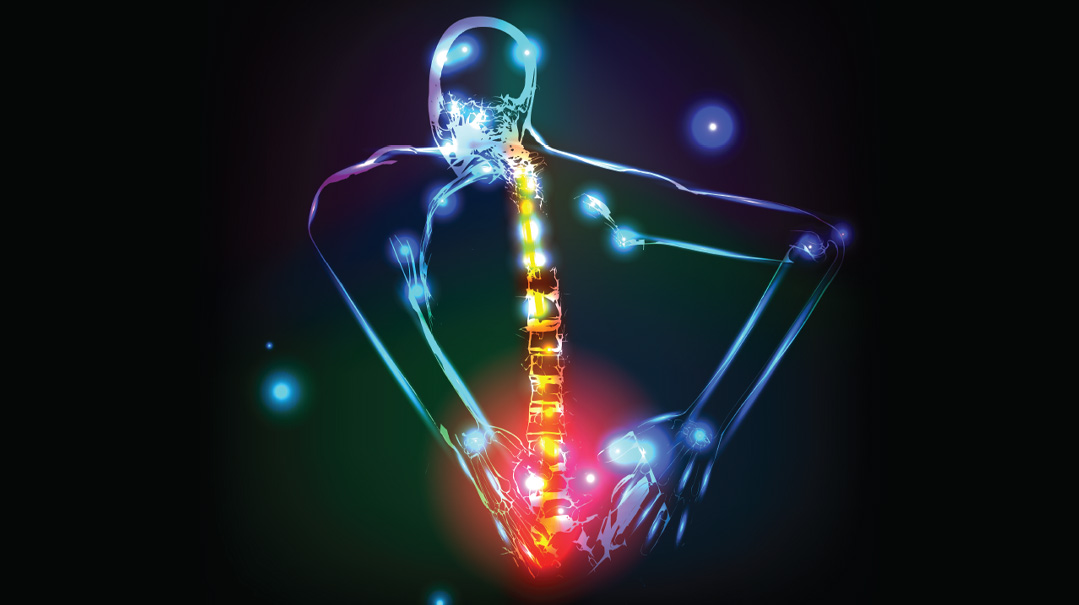Feel Your Way Well
| May 30, 2023What if you could get to the root of your pain — and heal it — by taking stock of your emotional state?

W
hen our bodies start to ache, we can usually identify the source of the problem: The kink in our neck is because we slept the wrong way, or our shoulder hurts because we lifted too heavy a box. But sometimes the physical pain that surfaces in our lives is actually triggered or exacerbated by our inner world and the way we experience or respond to life circumstances.
“The areas of tension in my patients’ bodies often directly correlate to emotional events in their lives,” says Dr. Ariella Borish, a chiropractor with 30 years of experience who has a practice in Atlanta, Georgia. “It could be as simple as tense shoulders. When a person feels she is carrying a lot of responsibility, it’s as if there’s an actual weight on her shoulders. Similarly, you wouldn’t believe the number of times I’ve had patients who are planning a big move, and before they even pack a single box, their back starts hurting. That back pain is clearly not coming from lifting boxes — it’s something much deeper than that.”
Dr. Borish looks at the human body as a physical hologram that can reveal the spiritual and emotional experiences a person is going through. “For instance, the pelvis is the foundation of the body,” she says. “So when a person shifts her foundation in any significant way — be it a momentous move, a joyous event like getting married, or a baalas teshuvah implementing serious life changes — it can often result in pelvic or lower back pain.”
When we feel an emotion, we experience it as a physical sense, whether we’re fully aware of it or not. If we’re happy, a sensation of lightness pervades our body. When depressed, we feel weighed down and lethargic. If we’re stressed, our bodies tense up and tighten.
By zeroing in on the location of a feeling in our bodies, we may be able to identify the root emotional cause of our physical pain and address it — healing both our physical and emotional pain in the process.
The Mind-Body Connection
Scientists have long been researching whether specific emotions correlate to certain regions within the body. In a recent study, 700 participants were asked to point to parts of the body in which they felt different emotions. Even though the study was conducted independently with each participant, there were consistent patterns of bodily sensations associated with the six basic emotions — anger, fear, disgust, happiness, sadness, and surprise. Sensations in the upper limbs were most felt in anger, with fear mostly in the chest, and surprise in the head and upper chest area. Sensations of decreased limb activity were specific to sadness, and sensations in the digestive system and around the throat area were mainly stimulated by disgust. Interestingly, happiness was the one emotion associated with sensations across the entire body.
In recent years, the concept of the mind-body connection has gained more recognition in mainstream medicine, and there are many books and workshops available to use as tools for healing chronic pain and other ailments by addressing the psychological roots of physical symptoms.
Oops! We could not locate your form.







